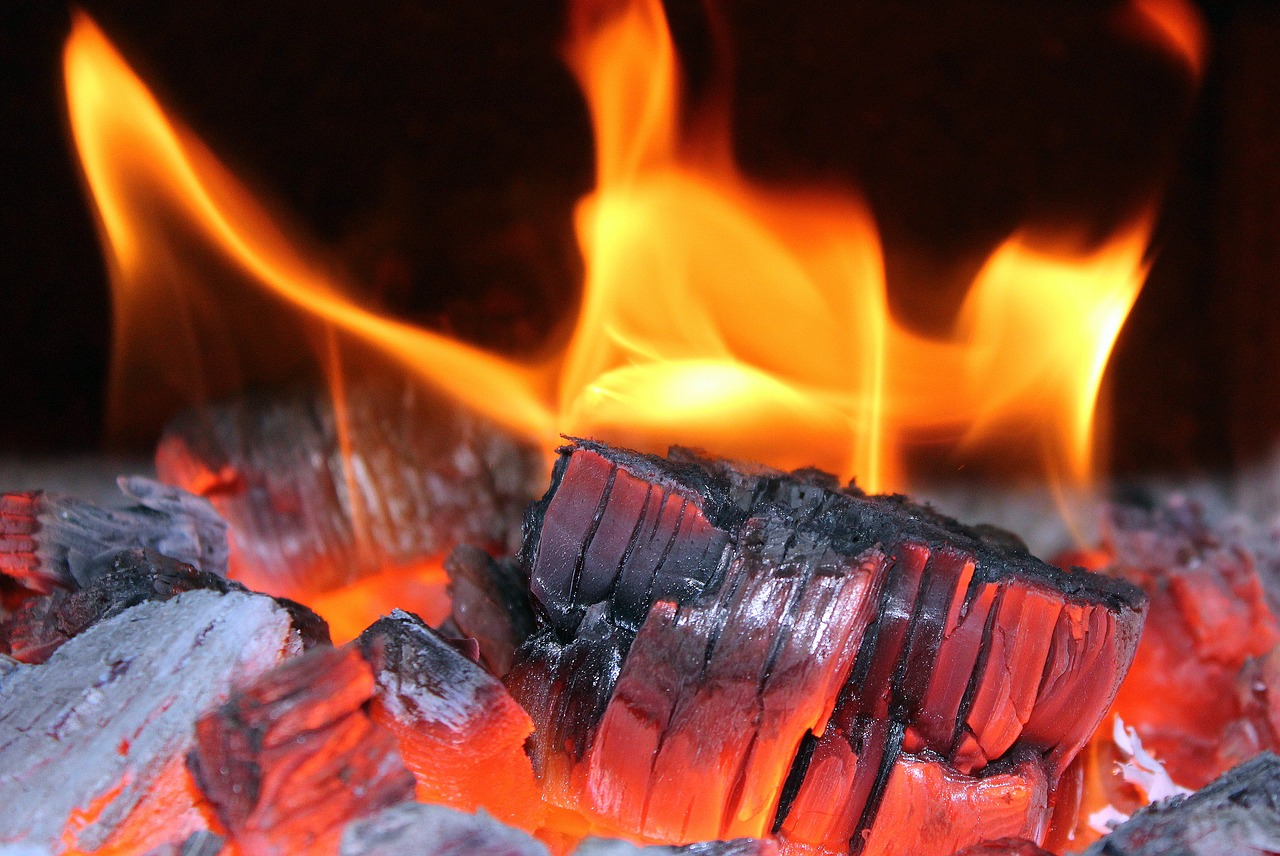 JAN 19, 2018 — In December 2017, the National Science Foundation awarded the Center for Applied Collaboration on Human Environments (CACHE) at the University of Illinois $600,000 to explore the complex chemistry that happens in wood in the moments just before it bursts into flames.
JAN 19, 2018 — In December 2017, the National Science Foundation awarded the Center for Applied Collaboration on Human Environments (CACHE) at the University of Illinois $600,000 to explore the complex chemistry that happens in wood in the moments just before it bursts into flames.
The pre-ignition stage — when heat is being applied to fuel but hasn’t yet triggered the combustion that breaks down the degraded fuel — is responsible for as much as half of the particulate and gaseous emissions that come from fires. With more than 3 billion people worldwide dependent on solid-fuel fires for most of their daily energy needs, these emissions represent a major world source of atmospheric pollutants — and a big human health risk.
The CACHE research team will develop an ignition chamber in which to light fires and measure the rate and amount of gases and particles generated from fuels during ignition. From these data, they’ll build a virtual model to replicate real-scale ignition — a whole log, for example — for further exploration of the circumstances that result in either high or low emissions.
New knowledge about both quantity and quality of emissions are important outcomes of this research. In consultation with members of the atmospheric science community, the team will classify gases emitted in live and virtual experiments and record their particular structure and behavior. This new level of detail is an invaluable asset to scientists measuring current global emissions and predicting the future conditions of our climate.
“We felt it was important to return to the fundamental science behind combustion to uncover why and how emissions are created. Cooking fires are collectively a huge emission source to consider, and yet aren’t often studied at this level of detail,” said project primary investigator Tami Bond, a professor of civil and environmental engineering at Illinois.
Over hundreds of tests, they will discover patterns in fuel types, fire-making behaviors, and local atmospheric conditions responsible for the worst kinds of emissions. Another outcome of this research will be recommendations for cookstove design and fire-building practices that reduce harmful emissions from all stages of combustion.
“Pre-ignition emissions have been largely neglected by engineers developing cleaner and better cookstoves. We just aren’t targeting them in our solutions because we don’t know how,” Bond said.





